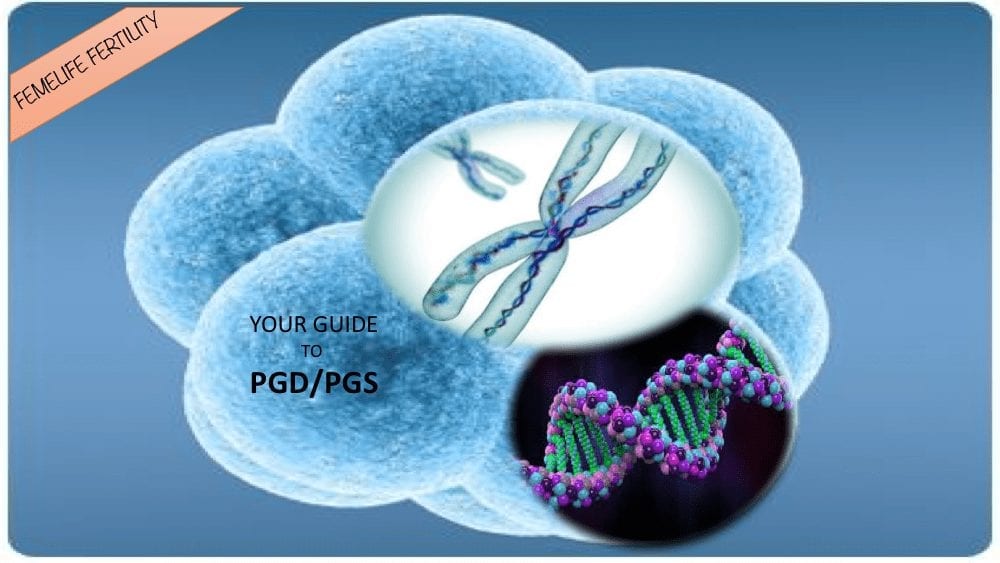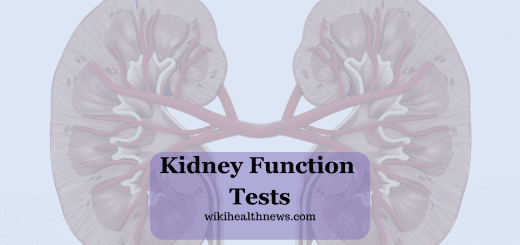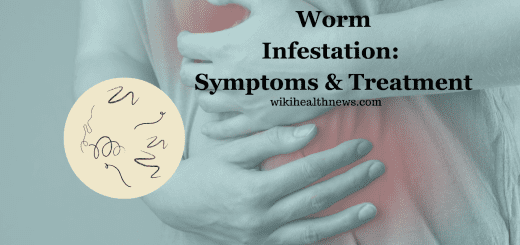PGD / PGS-When To Choose PGD Testing?

When to choose for Preimplantation genetic diagnosis (PGD)?
Preimplantation genetic diagnosis (PGD) is a genetic test on cells removed from embryos, to help select the best embryo(s) for pregnancy or to make offspring free of a genetic disease. It is a reproductive technology used with an IVF cycle to increase the potential of an embryo for a successful pregnancy.
When one or both genetic parents have a known genetic abnormality PGD testing is performed on an embryo to determine if it also carries a genetic abnormality.
PGD and PGS are presently the only options available for avoiding a high risk of having a child affected with a genetic disease prior to implantation.
In humans, PGD was developed in the United Kingdom in the mid-1980s as an alternative to current prenatal diagnoses. In 1989 in London, Handyside and colleagues reported the first unaffected child born following PGD performed for an X-linked disorder.
Furthermore, genetic technologies are rapidly reshaping in areas of advances in cancer detection. Most cancer is sporadic, meaning that it happens by chance. About 10% of cancers are related to hereditary cancer syndromes. Individuals with hereditary cancer syndrome have an inherited predisposition to develop certain types of cancer.
Also, advances in DNA testing are allowing more patients with a family history of cancer to identify whether they have a hereditary form of cancer and to understand the risk for their unborn child. PGD helps them in procuring a disease-free baby.
For those wondering whether they have a hereditary cancer syndrome, genetic testing is typically done through either a blood test or a saliva test. If this PGD testing identifies a genetic variant that is linked to specific cancer in the family, other family members may choose to be tested to determine whether they also have an increased risk to develop cancer
Examples of hereditary cancer syndromes for which PGD has been performed:
Hereditary Breast and Ovarian Cancer (BRCA1 and 2)
Lynch syndrome (Hereditary Non-Polyposis Colon Cancer)
Familial Adenomatous Polyposis
Hereditary Diffuse Gastric Cancer
Li-Fraumeni syndrome
Multiple Endocrine Neoplasia
Von-Hippel Lindau
Retinoblastoma
PGD should be offered for 3 major groups of disease:
(1) sex-linked disorders,
(2) single gene defects, and
(3) chromosomal disorders
Most early pregnancy losses can be attributed to aneuploidy in PGD. Because only chromosomally normal embryos are transferred into the uterus, the risk of first and second-trimester loss is markedly reduced.
Primary candidates for PGS can include the following:
• Women of advanced maternal age
• Couples with a history of recurrent pregnancy loss
• Couples with repeated IVF failure
• Male partner with severe male factor infertility
Although PGS does not appear to statistically improve the chance of pregnancy over PGD, in women with advanced maternal age should be selectively offered because it has outcome benefits in only some patients.
Most IVF failures can be accounted for by embryonic aneuploidy. Recurrent IVF failure (RIF) is usually defined as 3 or more failed IVF attempts involving high-quality embryos
Low sperm count, poor morphology, and poor motility in men with severe infertility have been linked to the generation of embryos with an increased incidence of inherited chromosomal abnormalities in PGD testing. Genetic defects found to be associated with male factor infertility includes aneuploidy, most commonly Klinefelter syndrome, Robertsonian translocations, Y chromosome microdeletions, androgen receptor mutations, and other autosomal gene mutations.
The use of PGS/ PGD in couples with severe male factor infertility may decrease pregnancy rates but also limits the prevalence of chromosome abnormalities
Limitations of PGS/ PGD
• Fertile patients must undergo IVF to produce suitable embryos and be counseled on the risks associated with IVF treatment must have proper genetic counseling on not choosing IVF with PGD.
• For Inherent limitations of current PGD /PGS technology as well as the potential for misdiagnosis due to embryonic mosaicism, recommended that patients undertake prenatal diagnosis (a chorionic villus sampling/CVS or amniocentesis) even if PGD /PGS is performed.
• Pregnancy is not guaranteed after the transfer, and a term or near-term delivery is also not guaranteed.
• The diagnostic methodology for a new disease is a time-consuming and expensive process.
• Not all chromosomal or genetic abnormalities can be diagnosed with PGD because only a restricted number of chromosomes can be examined at one time during the course of a single procedure.
• Studies using comparative genetic hybridization (CGH) and FISH demonstrate that as many as 25% of aneuploid embryos are characterized as normal because the abnormal chromosomes were not analyzed.
• If nondisjunction occurs during meiosis, then all the cells in an embryo are aneuploid. However, if nondisjunction occurs after fertilization during mitosis, then two or more cell lines may be present in the embryo.
• Available evidence does not support the use of PGS to improve live-birth rates for advanced maternal age, recurrent pregnancy loss, or implantation failure and recommends that patients be counseled about the limitations of the technique and should not make future treatment decisions based solely on PGS results.
• IVF with PGD/PGS may result in a lower pregnancy rate than if IVF is performed without PGD /PGS.

Read More











